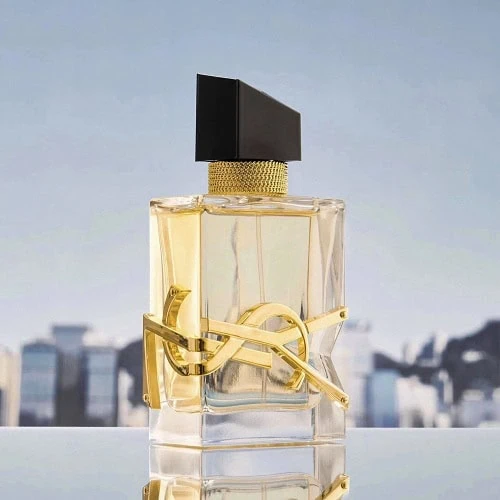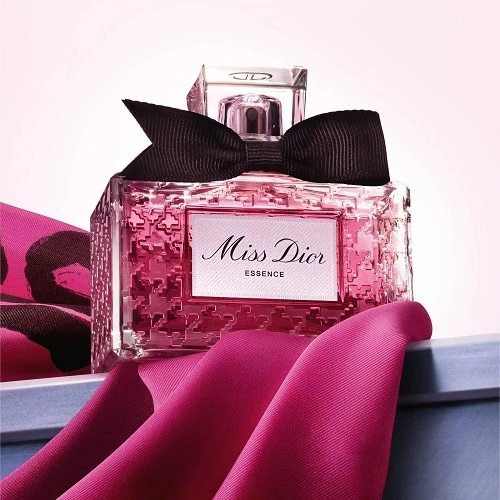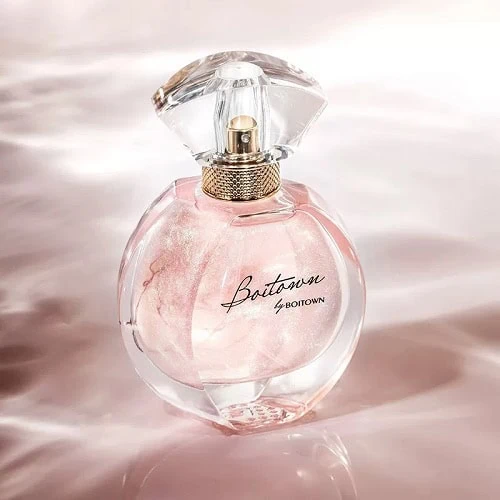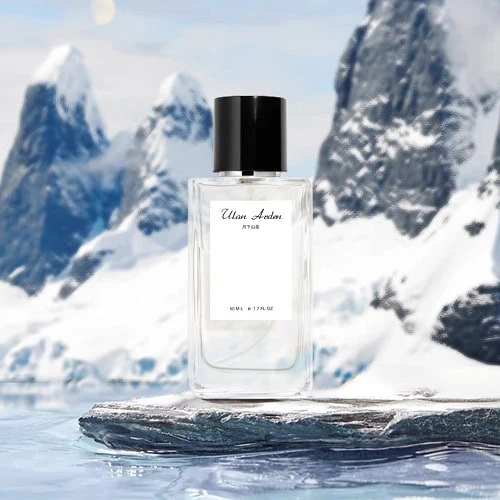The perfume you wear is a reflection of your personality. But have you ever considered that the bottle holding it tells a story all its own? It’s a journey from ancient vessels to modern-day masterpieces.
The history of perfume bottles is a rich tapestry, dating back to ancient Egypt where glass was a luxury. These early vessels were simple, serving a purely functional purpose to store precious oils. Over centuries, bottle design transformed from basic containers to intricate works of art, reflecting shifts in technology, culture, and fashion.

The story of perfume bottles is not just about aesthetics. It’s about how we value scent itself. From ancient civilizations using oils for rituals to today’s consumer buying a brand experience, the bottle has evolved to communicate luxury, status, and artistry.
What is the history of perfume bottles?
Pain: Have you ever looked at a vintage perfume bottle and wondered about its story? You might be surprised at how much it can reveal about the past.
The history of perfume bottles begins with ancient civilizations, with vessels made from materials like clay, stone, and later, glass. The Phoenicians pioneered glass production, creating colorful and decorative containers. During the Roman Empire and the Islamic Golden Age, intricate glassmaking techniques flourished, leading to more ornate and functional bottles.

The journey of perfume bottles is a fascinating one, deeply tied to human history. When I started in the glass bottle industry, I was amazed to learn about how far back this art form goes. We’re talking ancient times. My journey in this industry has given me a deep appreciation for the craft and the history behind every piece of glass we produce. The evolution of the perfume bottle is a perfect example of how an everyday object can become a work of art. Early bottles were made of simple materials like clay and stone, purely functional. Then, the Egyptians came along and revolutionized glassmaking. I remember a conversation I had with a client from the UK, Jules, who was curious about the history. I explained to him that as technology improved, bottles became more complex and decorative. In the Middle Ages, bottles were often made from metal or porcelain. The real turning point was the Industrial Revolution, which made glass mass production possible. This meant bottles could be made faster and cheaper, putting perfume in the hands of more people. I told Jules that this is why we can offer competitive prices today—because of centuries of innovation. From a simple container to a status symbol, the perfume bottle has mirrored the progress of human civilization.
How did perfume change over time?
Pain: Are you curious about how the scent itself has evolved? Perfume is more than a liquid; it’s a piece of history that captures the spirit of an era.
Perfume has changed dramatically over time, moving from natural, single-note fragrances used for rituals and medicine to complex, layered compositions designed for personal pleasure. Ancient perfumes were often oil-based and made from natural ingredients like flowers and spices. The invention of distillation and synthetic compounds in the 19th century allowed for a wider range of scents, making perfume more accessible to the public and paving the way for the diverse fragrances we have today.

The way perfume is made and used tells us a lot about history. I’ve had many conversations with clients about the connection between the bottle and the scent inside. Jules, my client from the UK, once mentioned how the quality of a perfume bottle can influence the perceived value of the scent. I agreed, explaining that the packaging and the product are one and the same. Early perfumes, for instance, were very simple. Think single floral notes or spices mixed with oil. They were often used for religious ceremonies or to cover up bad smells. It wasn’t until later that perfume became a personal accessory. In the 1800s, chemists started creating synthetic ingredients. This was a game changer. It meant perfumers could create scents that didn’t exist in nature. It made perfume more affordable and varied. This shift mirrors the evolution of the bottles themselves. As scents became more complex, bottles became more expressive and artistic. The glass bottle became a canvas for the perfumer’s vision. I always tell my clients that a great bottle doesn’t just hold the perfume; it tells the story of the scent inside. We work hard at WXglass to make sure our bottles are part of that story.
Why do Jean Paul Gaultier bottles look like that?
Pain: You’ve seen the iconic Jean Paul Gaultier bottles, right? They’re more than just containers; they are a statement.
Jean Paul Gaultier’s perfume bottles, particularly the torso-shaped ones for Classique and Le Male, are designed to challenge traditional ideas of gender and beauty. These bottles are a direct extension of his fashion brand, known for its rebellious and provocative style. They are a statement, not just a container, celebrating the human form and blurring the lines between fashion and fragrance. The design is meant to be a conversation starter and a memorable piece of art.

The bottles for Jean Paul Gaultier are a perfect example of a brand using packaging to make a bold statement. I’ve had conversations with many clients, including Jules, about how the design of a bottle can define a brand. The Gaultier bottles are a masterclass in this. They are not just pretty; they are provocative. The iconic torso shape for Classique and Le Male is a direct reflection of Gaultier’s fashion. He was famous for using corsets and sailor stripes in his designs, and the bottles are a tribute to that. I told Jules that this is a great example of brand identity. The bottle itself is the brand. I’ve noticed that buyers like Jules, who are focused on quality and competitive prices, also understand the power of design. While we at WXglass focus on high-quality, customizable solutions, we also help our clients think through how their bottle design can tell a story. The Gaultier bottles are a great lesson in this. They are memorable, iconic, and they speak directly to the brand’s core values. This kind of design takes a product and turns it into an experience. It’s a good reminder for us in the manufacturing business that we’re not just making bottles; we’re creating brand identities.
How can you tell the age of a perfume bottle?
Pain: Have you ever found an old perfume bottle and wondered how old it is? You can learn a lot by looking at the details.
You can tell the age of a perfume bottle by examining several key features. Look at the material, design, and manufacturing techniques. Bottles from the late 19th and early 20th centuries often have etched or embossed designs and may feature a glass stopper. Later bottles might have a metal cap or a plastic spray mechanism. The presence of a brand name or a specific logo can also help you date the bottle, as you can research when that brand was popular or when they used that particular design.

Dating an old perfume bottle is like being a detective. When I first started in this industry, I was fascinated by the different ways bottles were made over the years. I even had a chat with Jules once about the quality differences between old and new glass. He was very sensitive to quality, so he appreciated the details. I explained that in the past, bottles were often handmade, which you can tell by the small imperfections and air bubbles in the glass. The stoppers were also often ground glass, which was a sign of quality. I remember showing him some photos of old bottles and pointing out the pontil marks, which are the scars left from the glassmaker’s rod. This kind of detail tells you a bottle is old. Later on, as manufacturing became more automated, the bottles became more uniform. You can also look at the shape and style of the bottle. For example, Art Nouveau bottles from the early 1900s are very different from the sleek, minimalist designs of the mid-20th century. Another clue is the closure. Early bottles had stoppers, but later ones introduced metal caps and then spray pumps. I told Jules that understanding these details helps us appreciate how far we have come in glass manufacturing, and how we can now create high-quality, consistent products for brands today.
Conclusion
From ancient rituals to modern art, the evolution of perfume bottle design mirrors human history. Each bottle is a snapshot of its time, reflecting changes in technology, culture, and our understanding of luxury.

